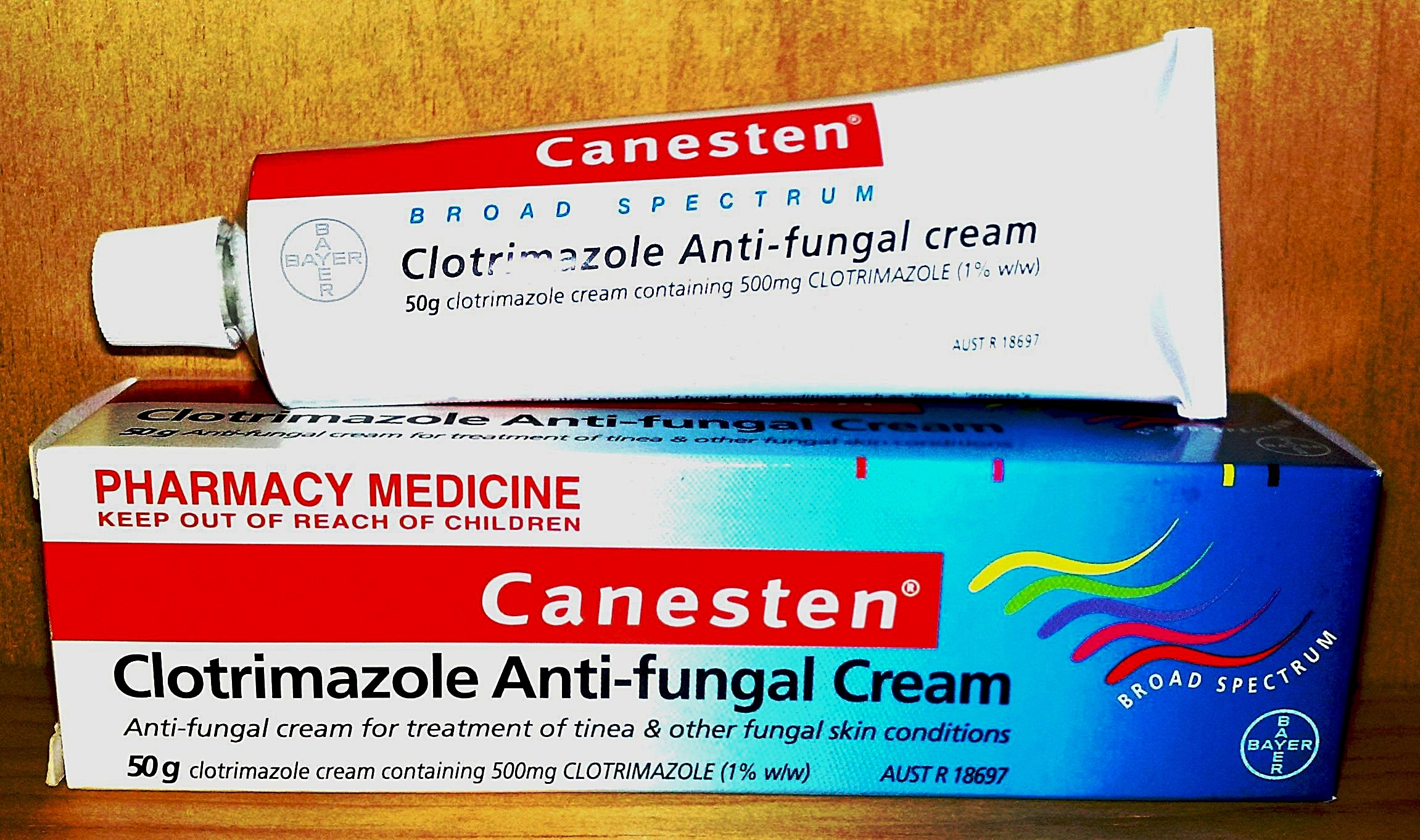Yeast Infections: Symptoms, Causes & Treatment
What are the symptoms of a yeast infection?
A yeast infection, also known as candidiasis, can cause a variety of symptoms depending on the affected area of the body. Here are some common symptoms associated with yeast infections:
- Vaginal yeast infection (vulvovaginal candidiasis):
- Thick, white, clumpy vaginal discharge that resembles cottage cheese
- Itching, burning, redness, or soreness of the vagina and vulva
- Pain during sexual intercourse
- Painful urination
- Oral thrush (oropharyngeal candidiasis):
- Creamy white or yellow patches on the tongue, inner cheeks, or throat
- Redness or soreness in the mouth
- Cracked skin at the corners of the mouth
- Difficulty swallowing
- Loss of taste
- Skin yeast infection (cutaneous candidiasis):
- Red, itchy rash with raised bumps or blisters
- Intense itching, burning, or soreness in the affected area
- Common areas include skin folds, armpits, groin, and between the toes
- Diaper rash (candidal diaper dermatitis):
- Red, intensely itchy rash in the diaper area
- Raised bumps or blisters
- Painful or burning sensation
- Nail fungal infection (candidal onychomycosis):
- Discoloration of the nails (yellow, brown, or white)
- Thickening or crumbling of the nails
- Brittleness and separation of the nail from the nail bed
- Invasive candidiasis (bloodstream infection):
- Fever
- Chills
- Nausea and vomiting
- Fatigue
- Muscle aches
It’s important to note that not all individuals with a yeast infection will experience all of these symptoms, and the severity can vary. Some people may have very mild or no symptoms at all.
If you suspect you have a yeast infection, it’s essential to see your healthcare provider, especially if you are pregnant or have a weakened immune system. Proper diagnosis and treatment are crucial to avoid complications and prevent the spread of the infection to other parts of the body.
What are the causes of yeast infection?
Yeast infections are typically caused by an overgrowth of a fungus called Candida, which is normally present in small amounts in the body. The main causes that can lead to an overgrowth of Candida and result in a yeast infection include:
- Antibiotics: Broad-spectrum antibiotics can disrupt the natural balance of bacteria in the body, allowing Candida to proliferate.
- Pregnancy: Hormonal changes during pregnancy can alter the vaginal environment, making it more conducive for Candida growth.
- Diabetes: High blood sugar levels associated with uncontrolled diabetes can provide an ideal environment for Candida to thrive.
- Weakened immune system: Conditions or treatments that weaken the immune system, such as HIV/AIDS, cancer treatments, or organ transplants, can increase the risk of yeast infections.
- Hormonal changes: Fluctuations in hormones, such as during menstruation, birth control pill use, or hormone therapy, can create an environment favorable for Candida overgrowth.
- Moisture and warmth: Candida thrives in warm, moist environments, such as sweaty areas of the body or tight-fitting clothing that traps moisture.
- Poor hygiene: Inadequate hygiene practices, such as not changing out of sweaty or damp clothing, can create an environment suitable for Candida growth.
- Certain medications: Corticosteroids, immunosuppressants, and chemotherapy drugs can increase the risk of yeast infections by suppressing the immune system.
- Obesity: Being overweight or obese can increase the risk of developing yeast infections due to the warm, moist skin folds.
- Sexual activity: Introducing Candida from a partner’s skin or mucous membranes during sexual activity can lead to a yeast infection.
It’s important to note that while Candida is normally present in the body, an overgrowth can occur due to various factors that disrupt the body’s natural balance of microorganisms. Addressing the underlying cause and restoring the proper balance of microorganisms is crucial for effective treatment and prevention of recurrent yeast infections.
What is the treatment for yeast infections?
The treatment for yeast infections typically depends on the location and severity of the infection. Here are some common treatment approaches:
- Vaginal yeast infections:
- Antifungal medications: Over-the-counter (OTC) or prescription antifungal creams, ointments, or suppositories containing ingredients like miconazole, clotrimazole, or fluconazole are commonly used to treat vaginal yeast infections.
- Oral antifungal medications: For severe or recurrent infections, oral antifungal pills like fluconazole may be prescribed.
- Oral thrush:
- Antifungal lozenges or liquid: Medications like nystatin or clotrimazole troches (lozenges) or liquid can be used to treat oral thrush.
- Antifungal mouthwash: Rinsing with an antifungal mouthwash containing nystatin or amphotericin B can help manage oral thrush.
- Skin and nail yeast infections:
- Antifungal creams or ointments: Topical antifungal creams or ointments containing ingredients like clotrimazole, miconazole, or terbinafine can be applied to the affected areas.
- Oral antifungal medications: For severe or widespread infections, oral antifungal pills like fluconazole or itraconazole may be prescribed.
- Diaper rash:
- Antifungal creams or ointments: Topical antifungal creams or ointments containing ingredients like nystatin, miconazole, or clotrimazole can be applied to the diaper area.
- Diaper rash ointments: Over-the-counter diaper rash ointments containing zinc oxide can help soothe and protect the affected area.
- Invasive candidiasis (bloodstream infection):
- Intravenous (IV) antifungal medications: For severe, systemic infections, intravenous antifungal drugs like fluconazole, caspofungin, or amphotericin B may be required.
In addition to antifungal medications, it’s essential to address any underlying conditions or factors that may have contributed to the yeast infection. This may include improving hygiene practices, managing diabetes, or adjusting medications that may have disrupted the body’s natural balance of microorganisms.
It’s important to complete the full course of treatment as prescribed and to seek medical attention if symptoms persist or worsen, as untreated yeast infections can lead to further complications.




